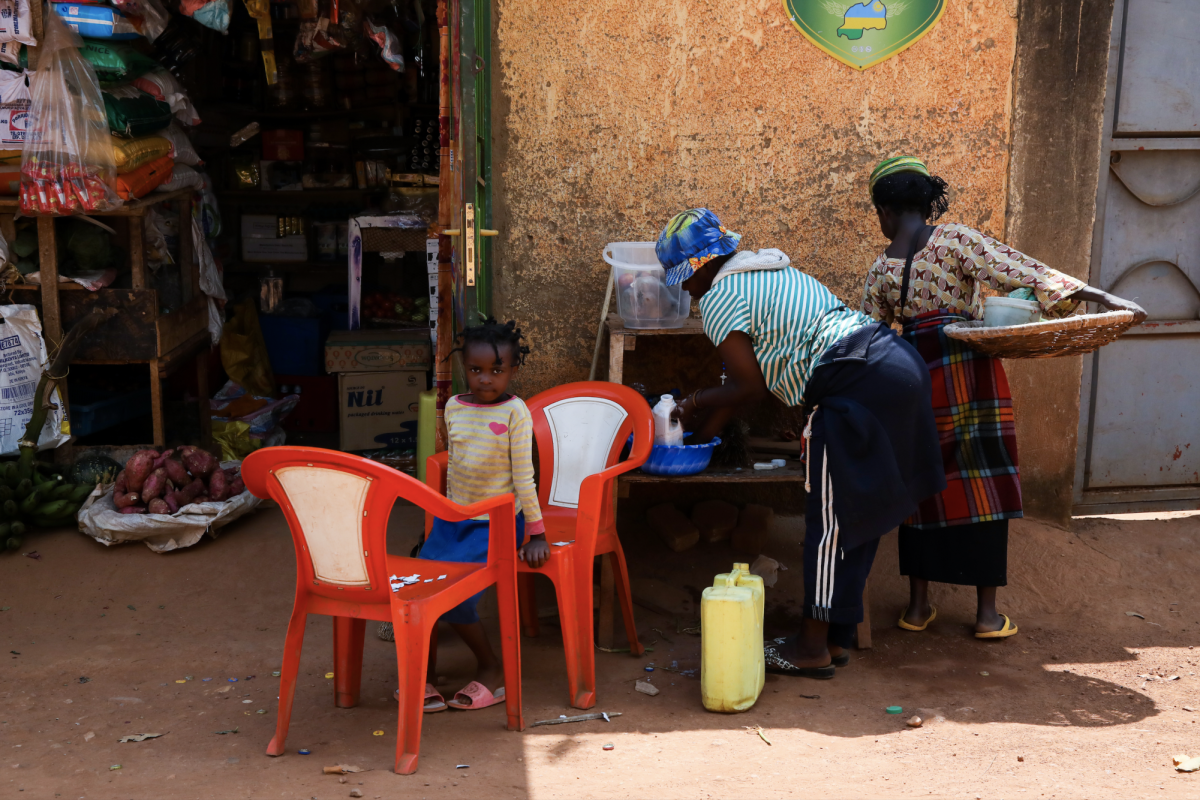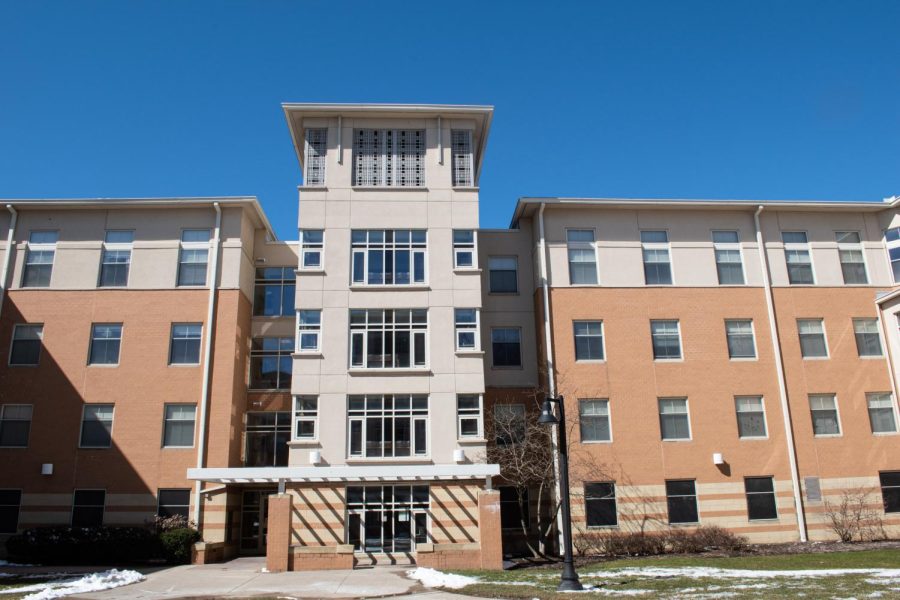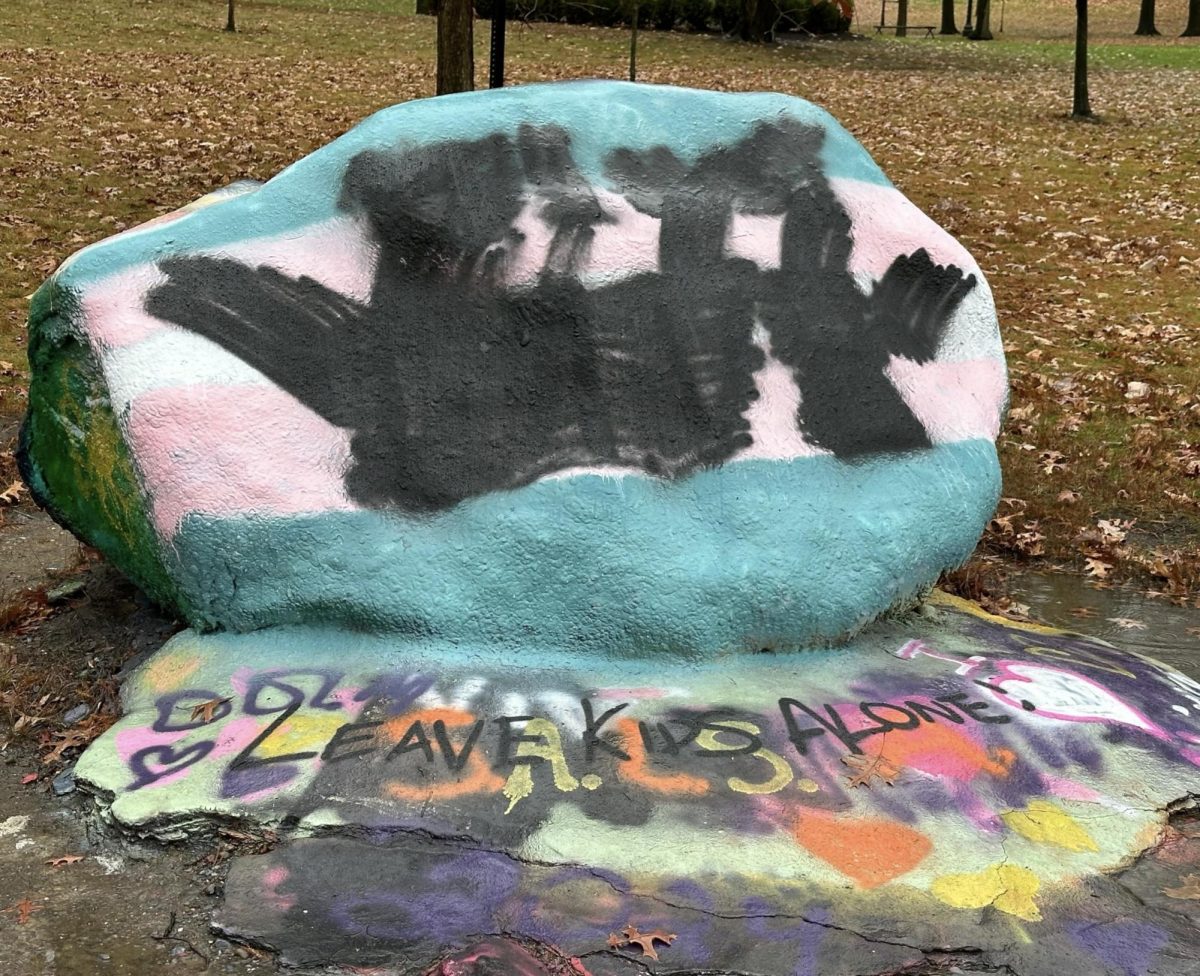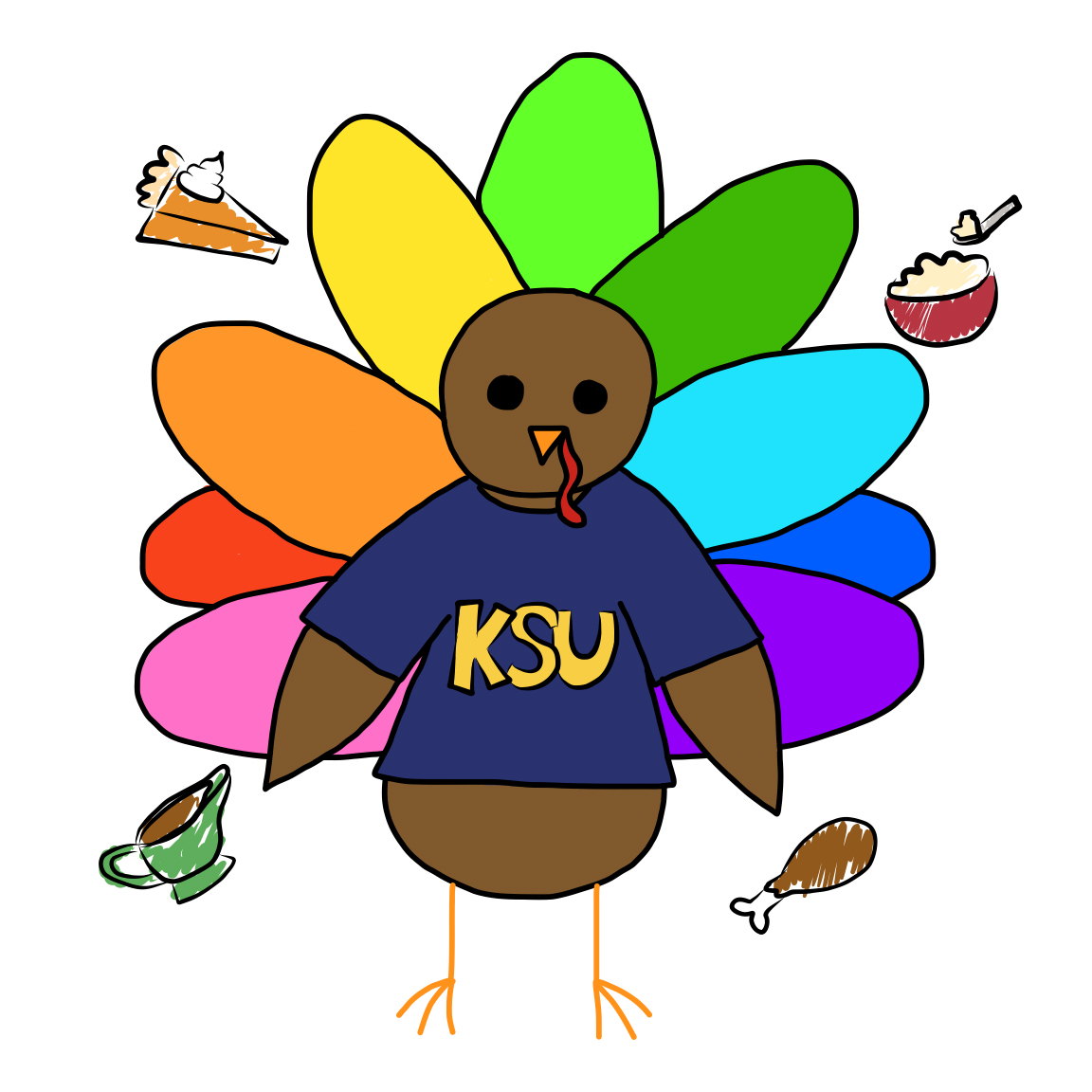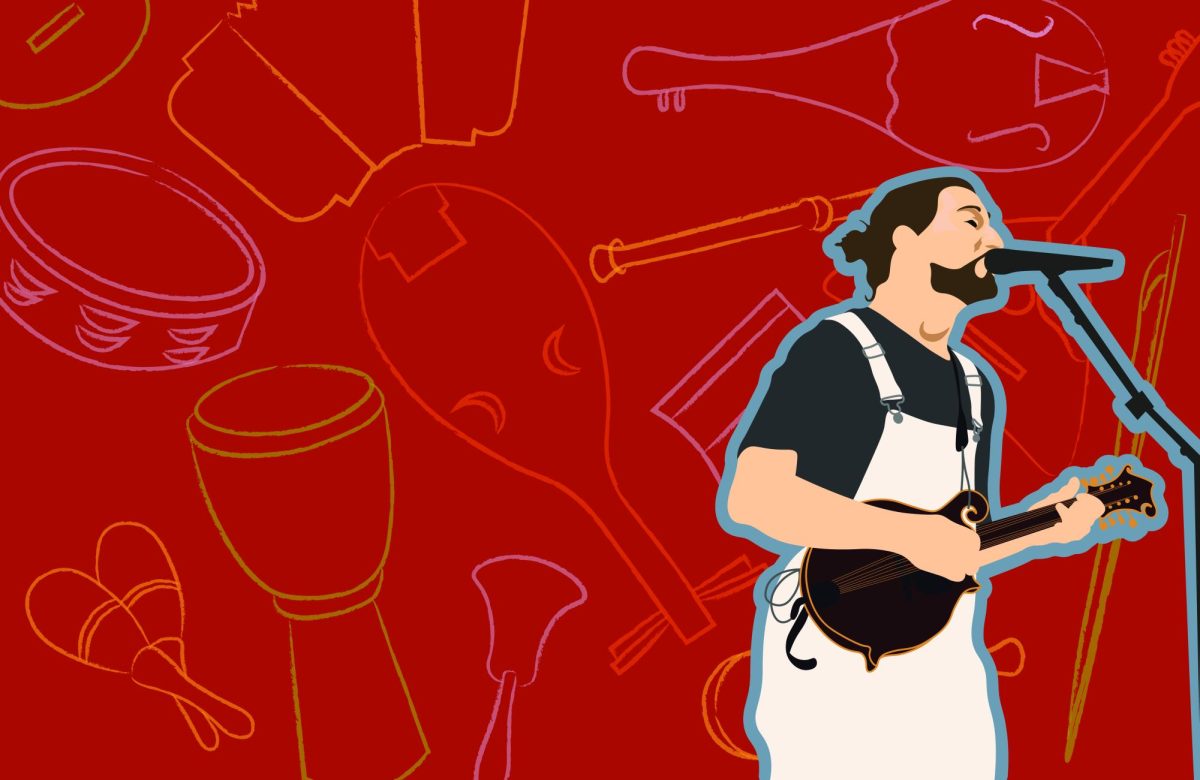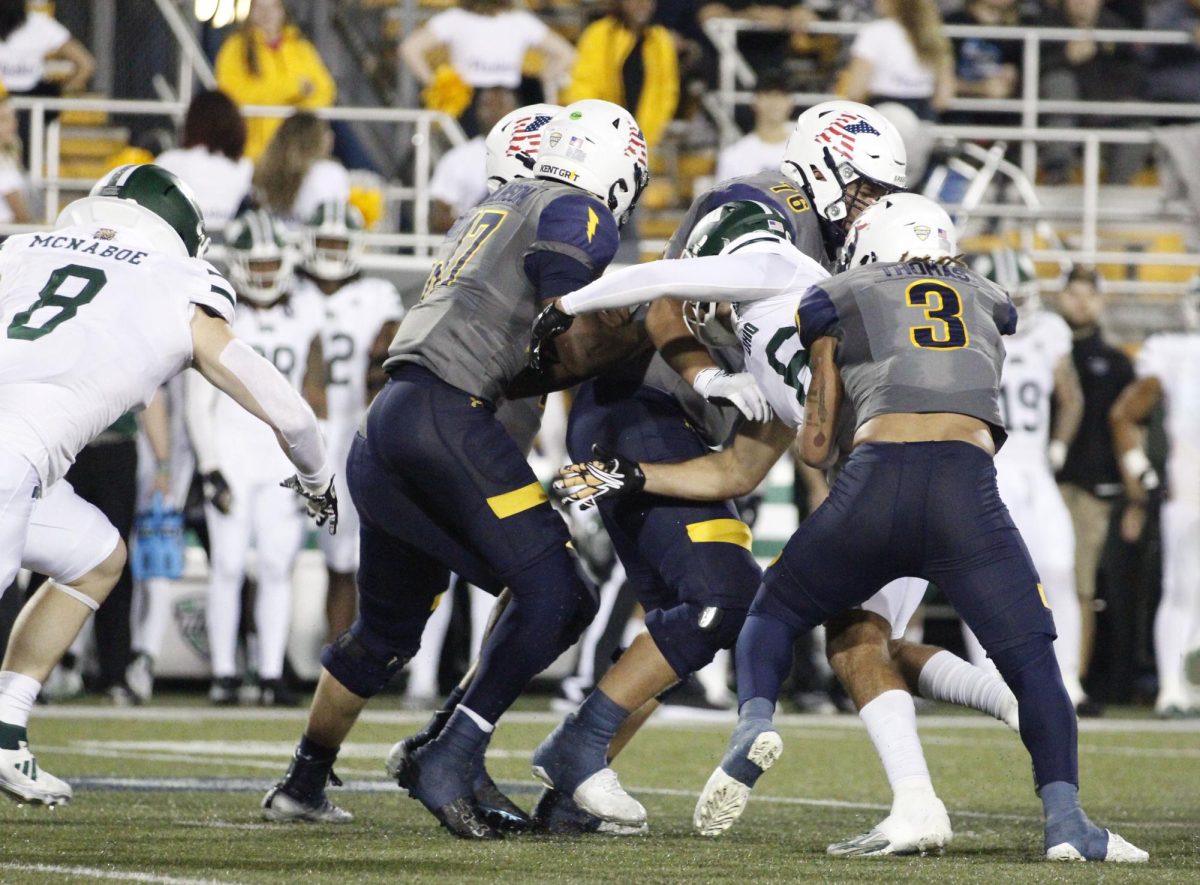In 1994, armed militias within the Hutu power government of Rwanda committed genocide against the minority Tutsi during the Rwandan Civil War. An estimated one million people were killed in a span of about 100 days.
Dr. Sarah Schmidt, assistant director for Global Education Initiatives and professor at Kent State, has been studying Rwanda for seven years while completing her doctoral degree. In collaboration with Pacifique Niyonzima, a genocide survivor and Kent State master’s graduate, they were able to build this program bringing students to Rwanda for the past seven years to teach other students about the history of Rwanda.
Schmidt introduced Niyonzima as her “dear friend” when we met him at the airport.
This year, the Peace and Conflict Studies school at Kent hosted a peace education conference in collaboration with the Center for Conflict Management at University of Rwanda July 11-13, 2023.
We arrived in Kigali around 11 p.m. July 2. The first thing we saw were the city lights on the mountains, which were beautifully layered in between each hill. We drove up and down each steep road, until we reached our hotel at Centre St. Paul.

Centre St. Paul is located in the heart of the city, next to the famous St. Famille church, which was protected from being overrun by militia during the genocide. A large, chaotic round-a-bout sits right outside of St. Famille, and up the hill is a calm neighborhood. Cars beep in the distance as people sit outside of their homes in the sun, workers sweep the street and others walk to get morning coffee.

The next few days, we explored the city and learned about the history of the genocide and process of rebuilding the country, which has been accomplished through reconciliation, transitional justice, homegrown solutions and peace education. We had discussion sessions with Schmidt and a professor at the University of Rwanda, along with a visit to an art business that helps disabled women make a living.
On Wednesday, we visited the Kigali Genocide Memorial, where our guide, Claude, explained the history of Rwanda and what it was like during the genocide. “I could remember in 1994, I was 8 years,” he said. “The teacher in the morning called us through ethnicity groups, ‘the number of Tutsis in the class, stand up.’”
“My parents never told me I was Hutu or Tutsi, that was the first time I faced that.”
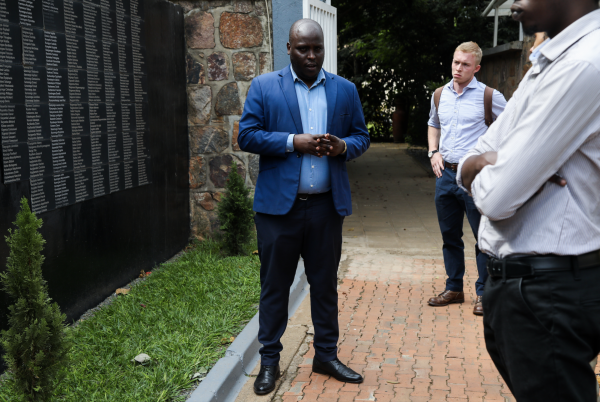
Many of us became emotional witnessing the violence the people endured, especially the children. The end of the museum focuses on the use of peace education and reconciliation, showing how it was possible for Rwanda to thrive again.
Every Rwandan above the age of thirty is a genocide survivor. Almost everywhere we visit, including Centre St. Paul, is a sight where killing took place in 1994.

Everyone we’ve met has been kind and warm, welcoming us into their country as outsiders. They have a trust for strangers that seems different from ours; for instance, a man came to where we were staying to sell us his art, and he let us put down any amount of money for a piece and take it before paying the full amount the next day.
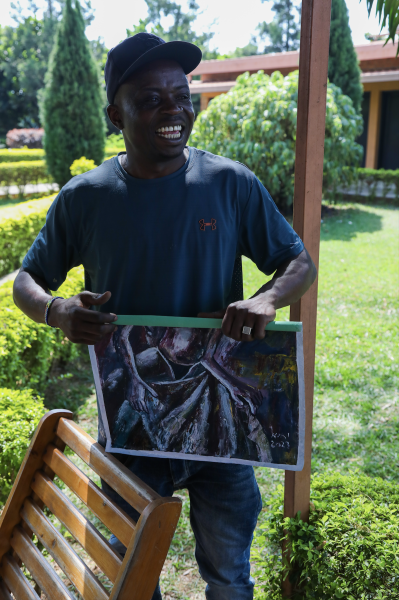
It is hard to not think about the violence that happened here as we walk the streets, but I feel a sense of admiration for how their country has recovered.
Sophia Lucente is a photographer for Kent State’s Collaborative NewsLab. Contact her at [email protected].



